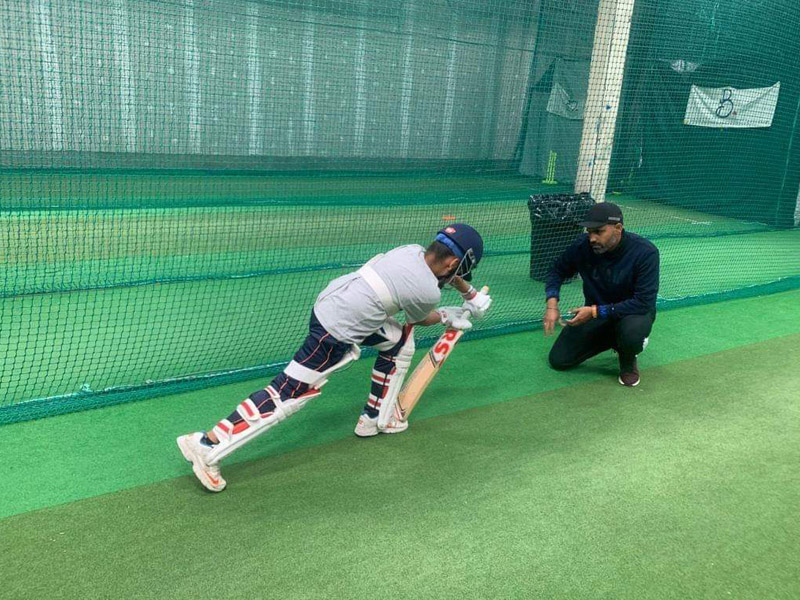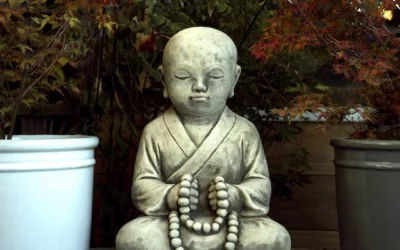SHOT SELECTION IN CRICKET: CRUCIAL TO BUILDING LONG INNINGS!
Shot selection in cricket is the most crucial part of batting. To build long innings, a batsman needs good judgment of bowling. Batsman must know which deliveries to attack, defend, and leave off. Almost 90% of the batsmen lose their wickets because of poor shot selection.
Great batsmen always read the line and length of the ball very quickly. Early reading of the line & length helps them to get into the proper position for the right shot to play. Along with the line & length and speed of the ball; our mind plays a huge role in good stroke selection in cricket.
What are the reasons for poor stroke selection in cricket?
The following have a crucial impact on poor Shot Selection.
- Pre-planned thinking.
- Scoreboard pressure.
- Over-thinking.
- Lack of confidence.
- Overconfidence.
- Pitch Conditions.
- Fatigue.
- Lack of fitness.
There are many other reasons for poor shot selection. Even top-class batters often throw their wicket away because of poor shot selection. So good shot selection is not an easy thing.
Let’s take this example:
Once on India’s tour of Australia in 2003-04, Sachin Tendulkar was getting out consistently while playing cover drive. After three test matches getting out with low scores, he refused to play cover drive in the upcoming Sydney test match. Later Sachin scored unbeaten 241 runs in that test match. It was possible because he made up his mind to avoid playing his favorite shot.
Attack or defend: Shot selection in cricket?
Shot selection according to the line of the ball.
- OFF-SIDE/ OFF STUMP
- MIDDLE STUMP/ STRAIGHT
- LEG SIDE/ LEG STUMP
1.Backfoot shots in cricket
Backfoot shots are played on short-length deliveries. Here are the strokes that batsmen play on the back foot.
- Hook shot
- Pull shot
- Square cut
- Back defense.
2. Front foot shots in cricket
Front foot strokes are played on fuller-length deliveries. Here are the strokes that batsmen play on the front foot.
- Off drive
- Straight drive
- On drive
- Sweep shot
- Forward defense.




